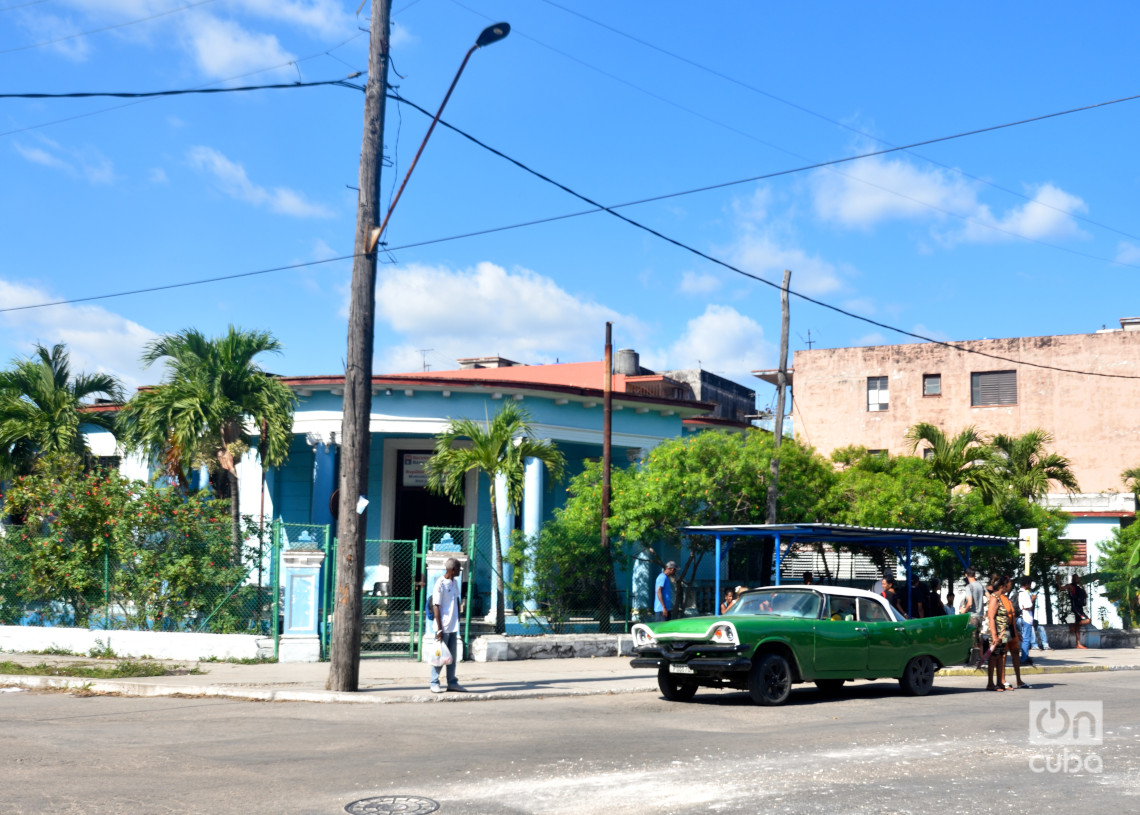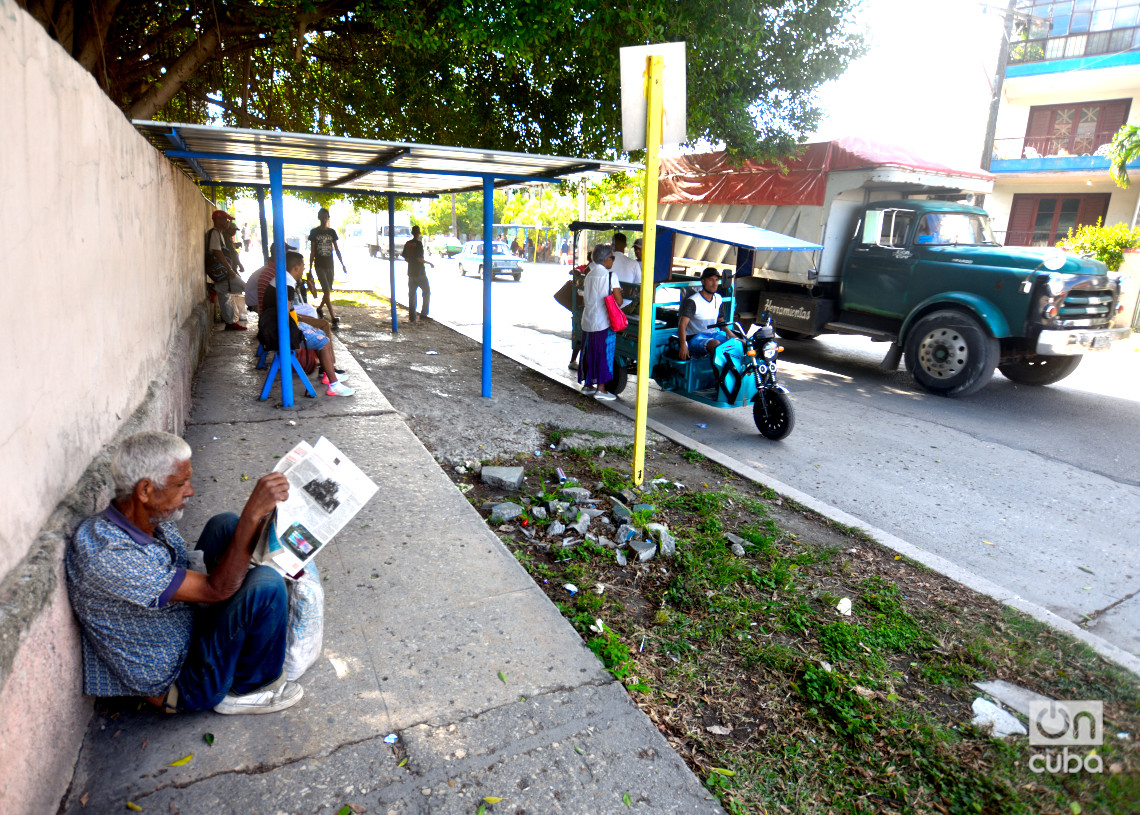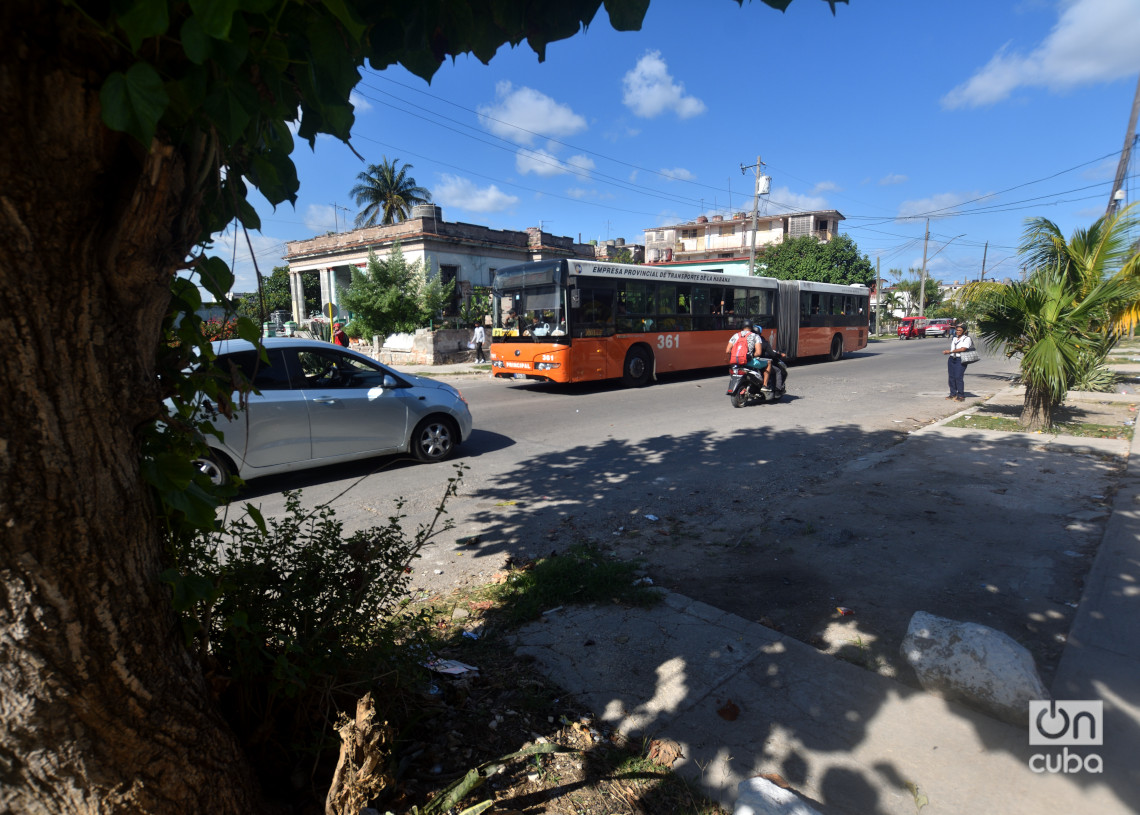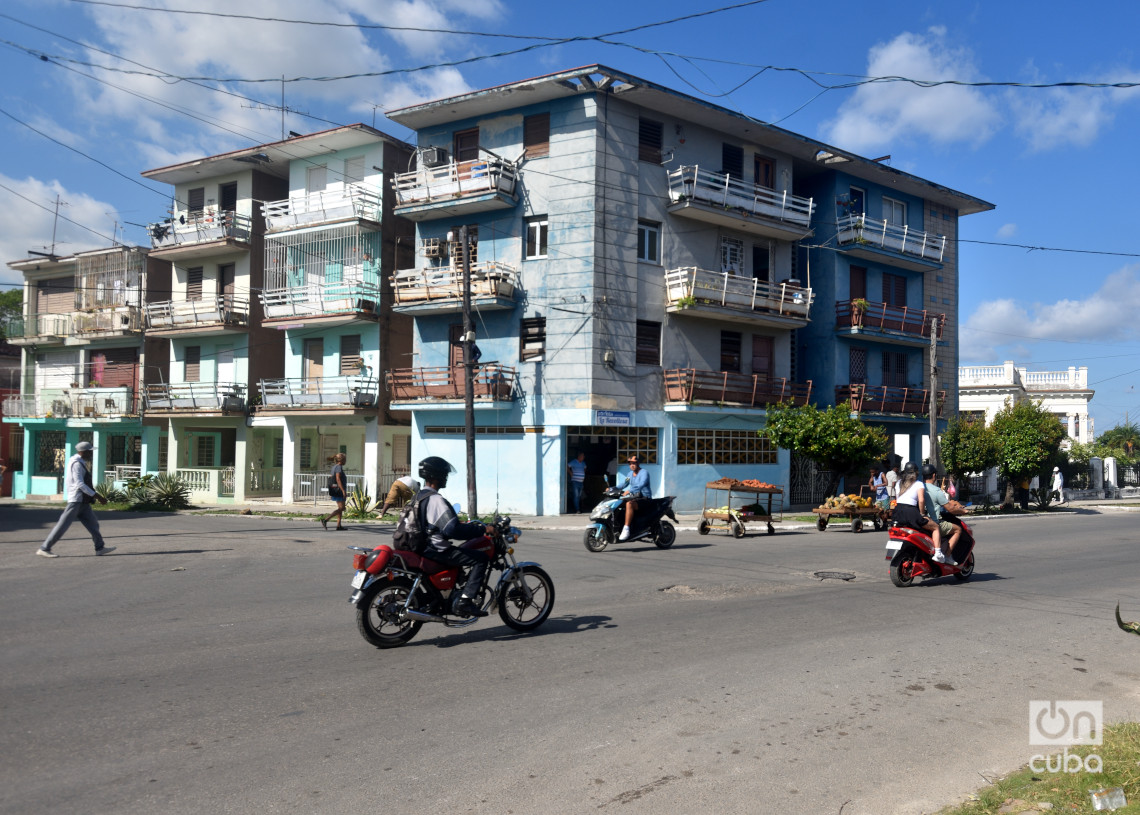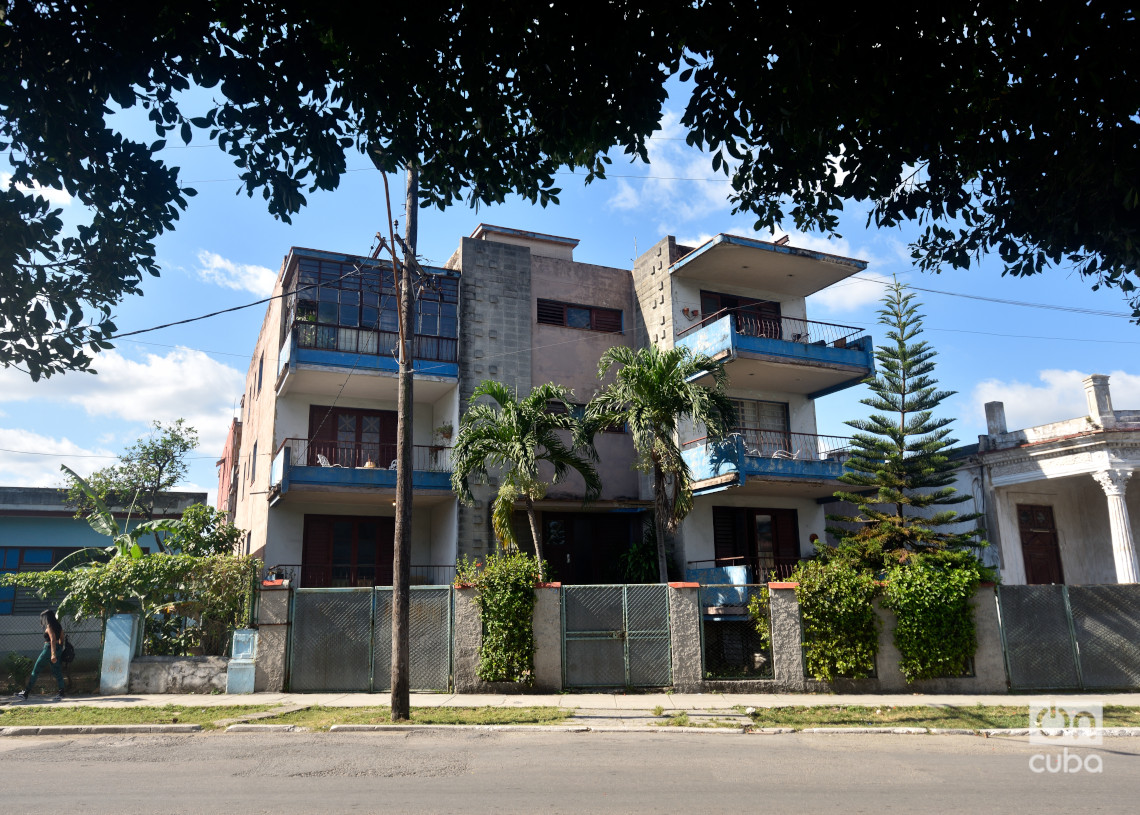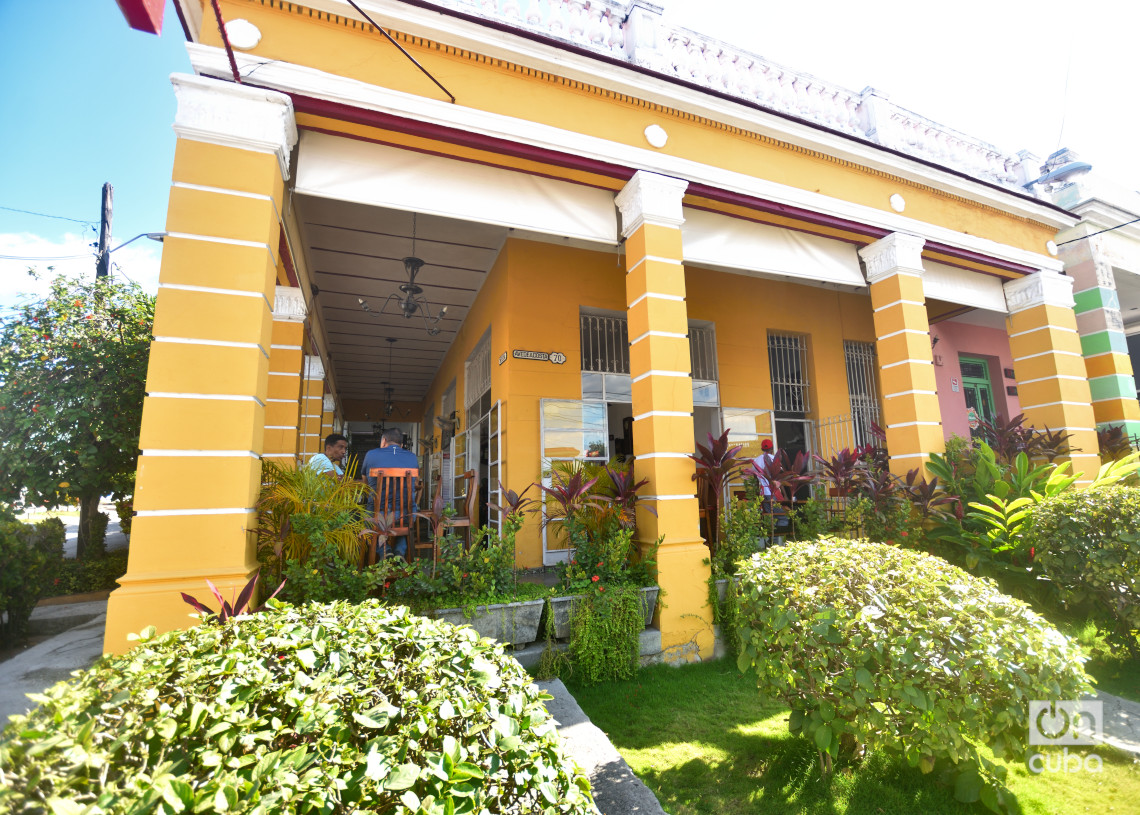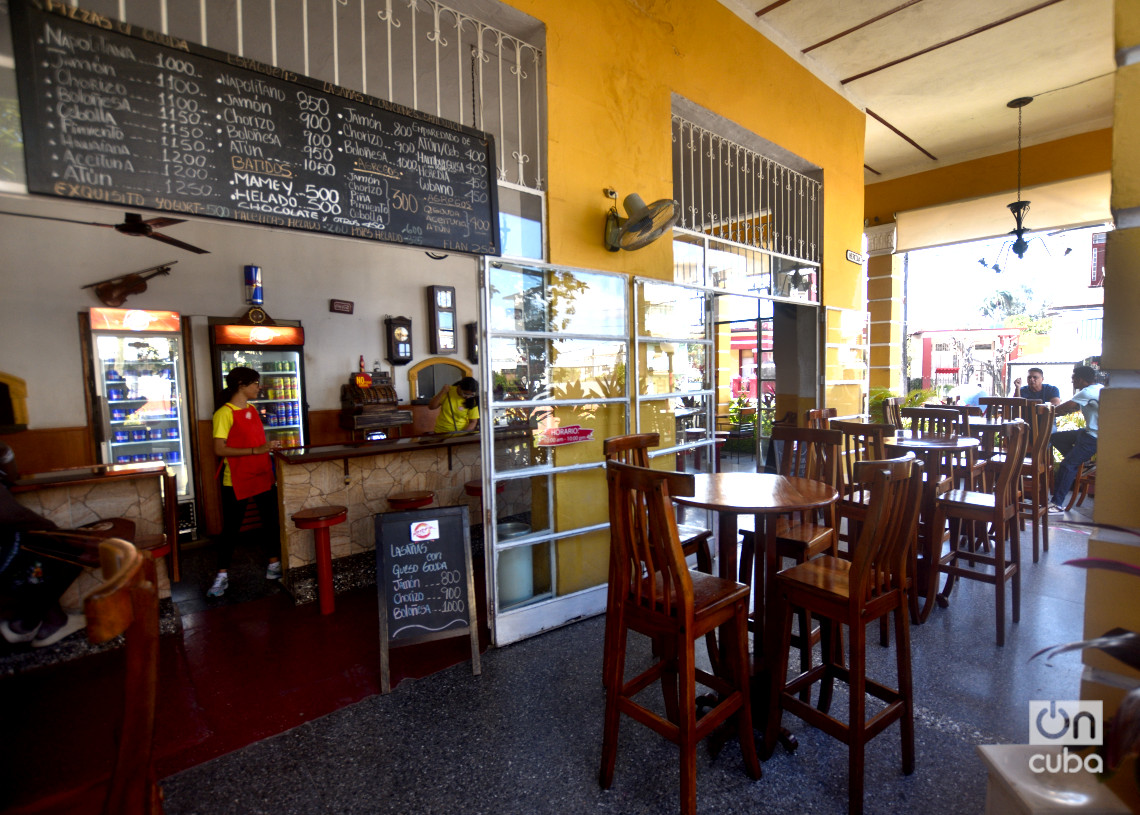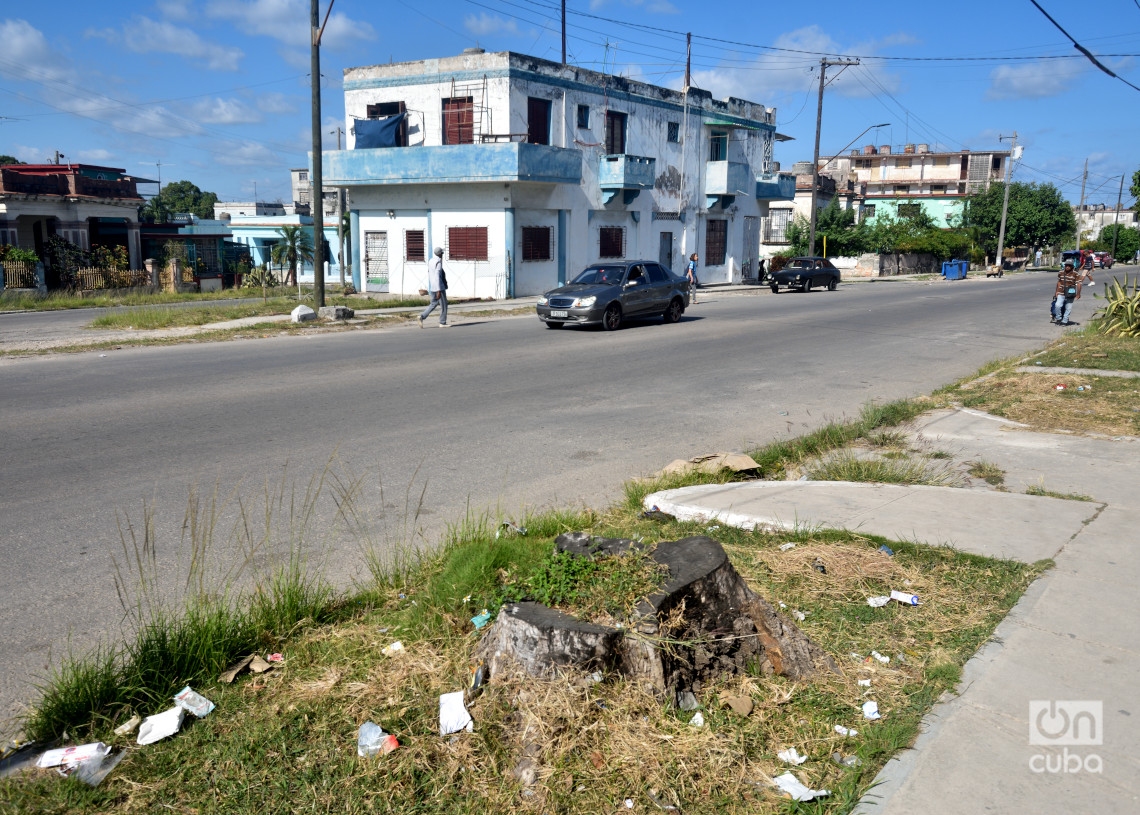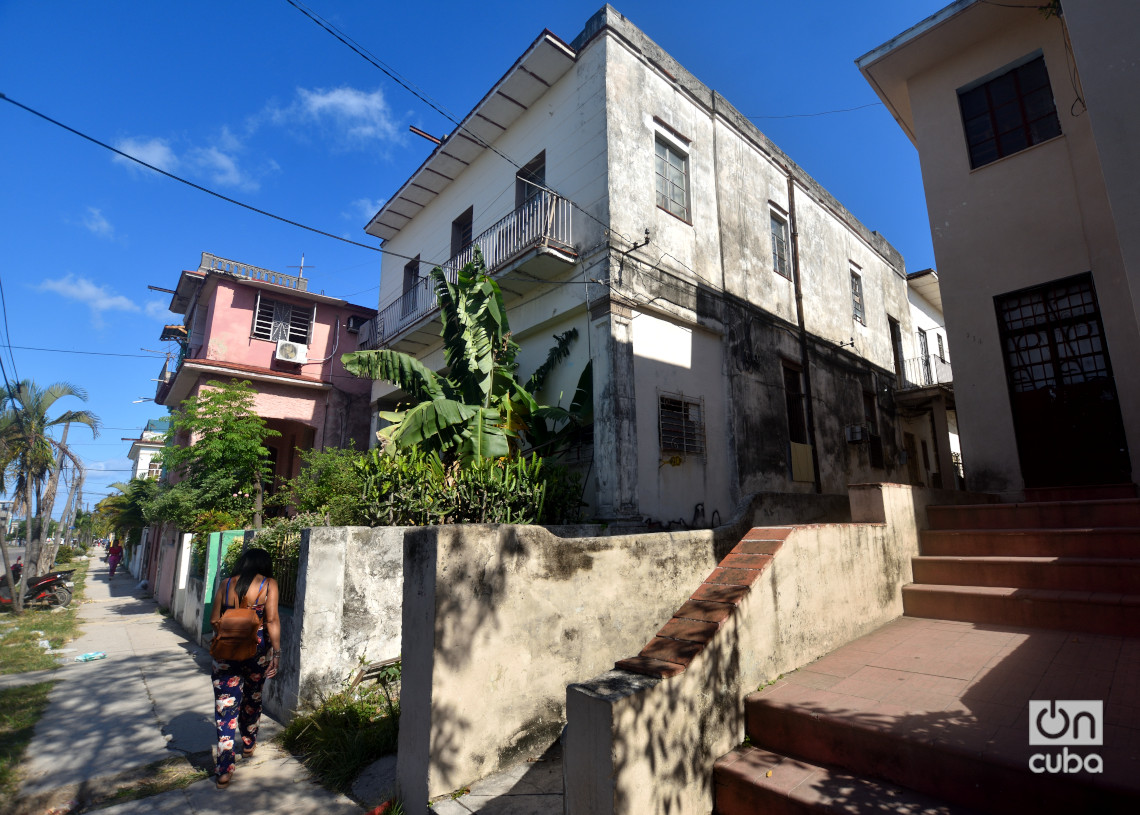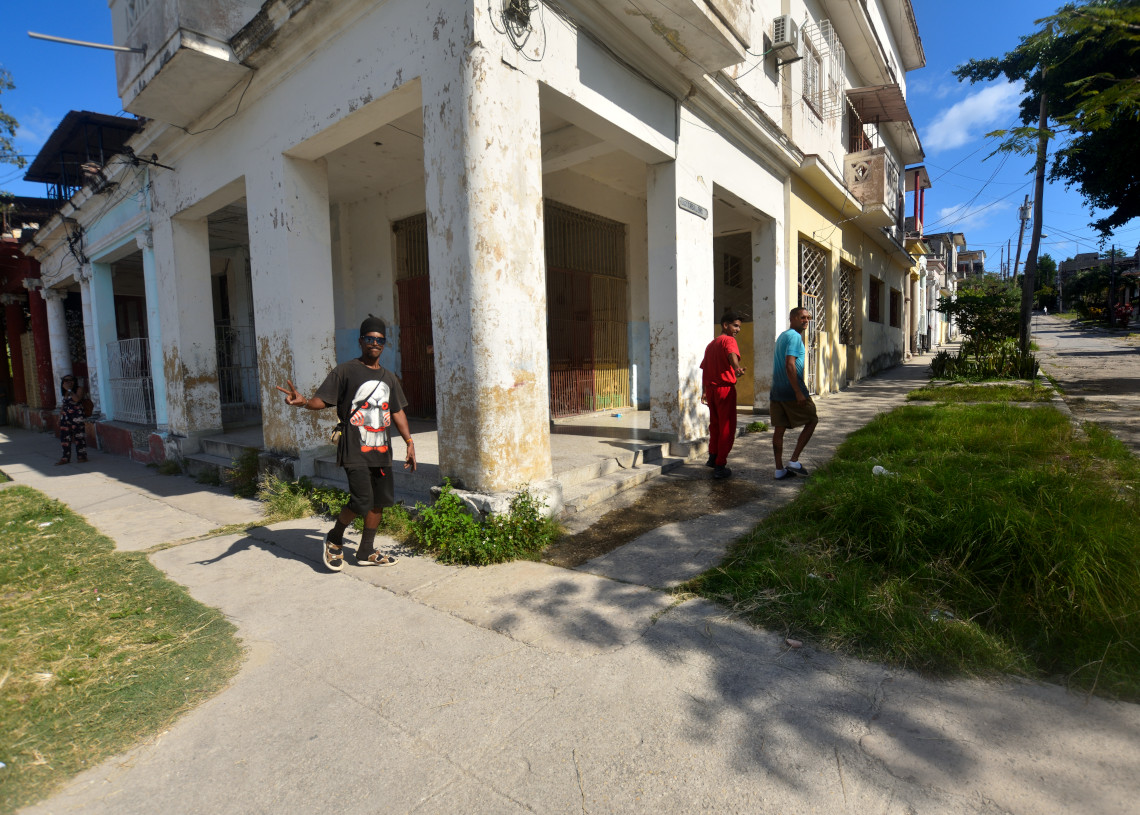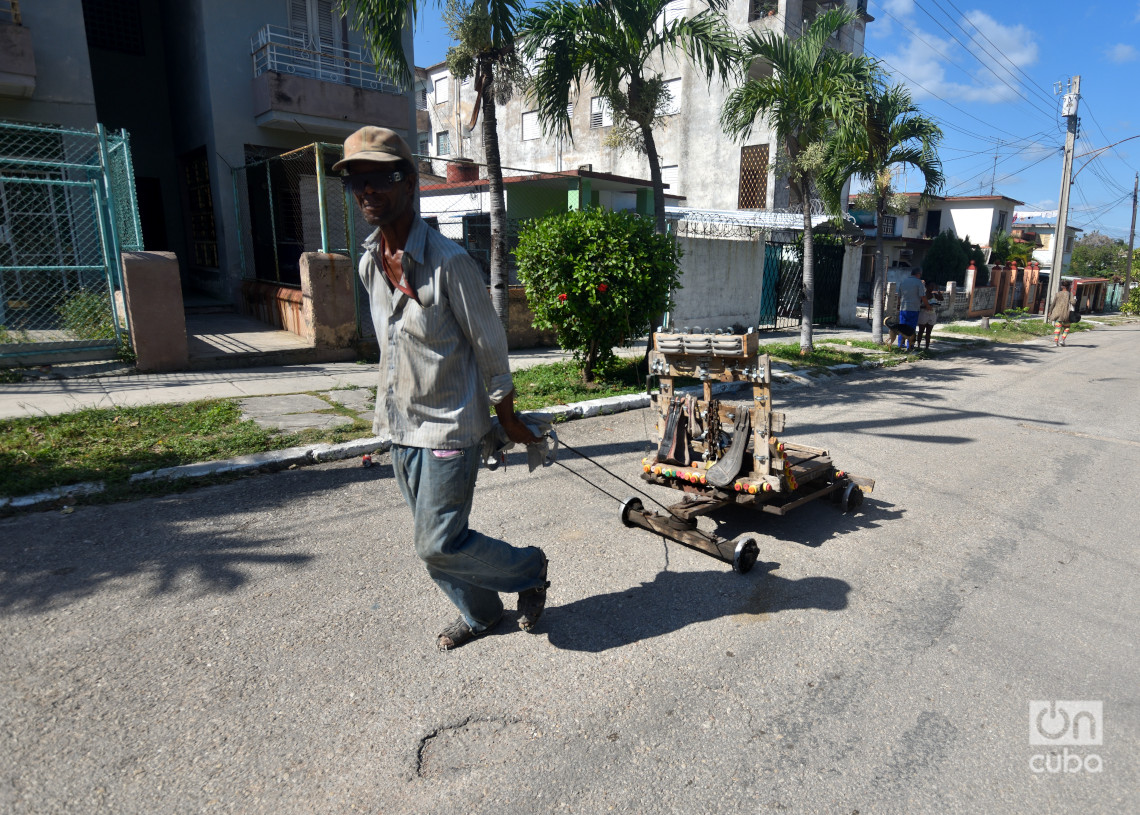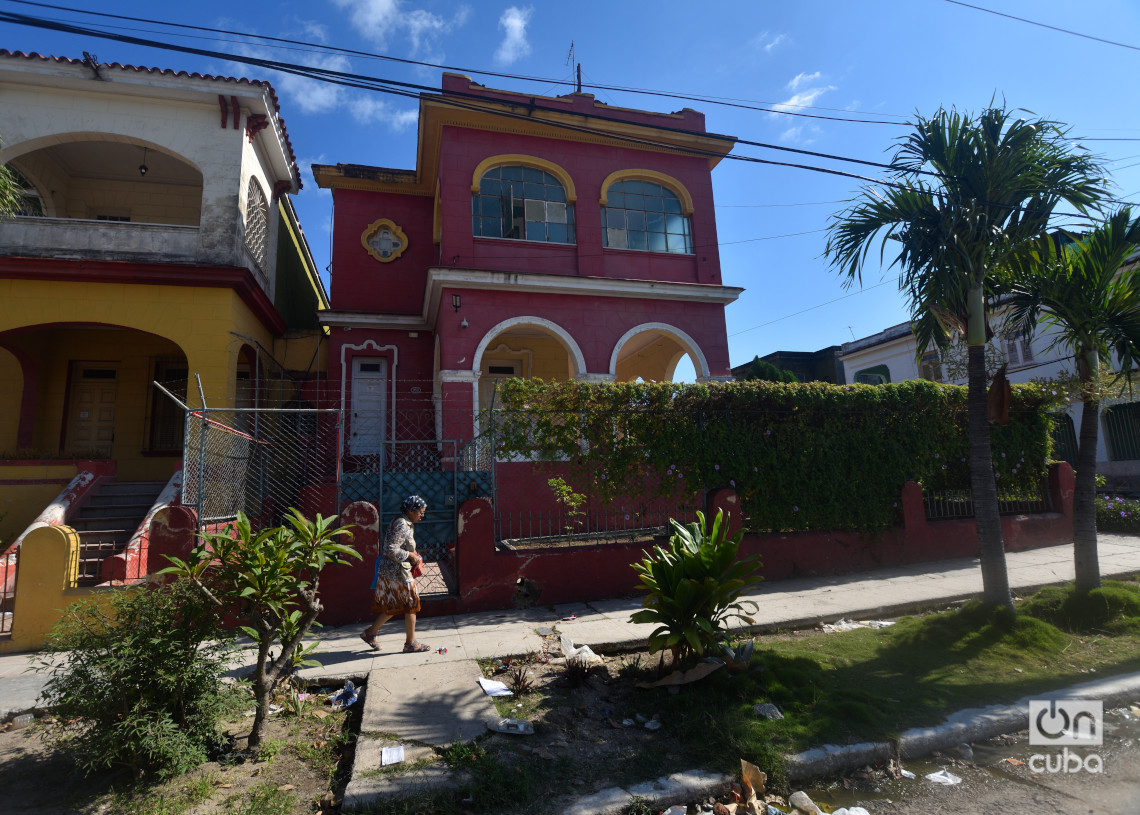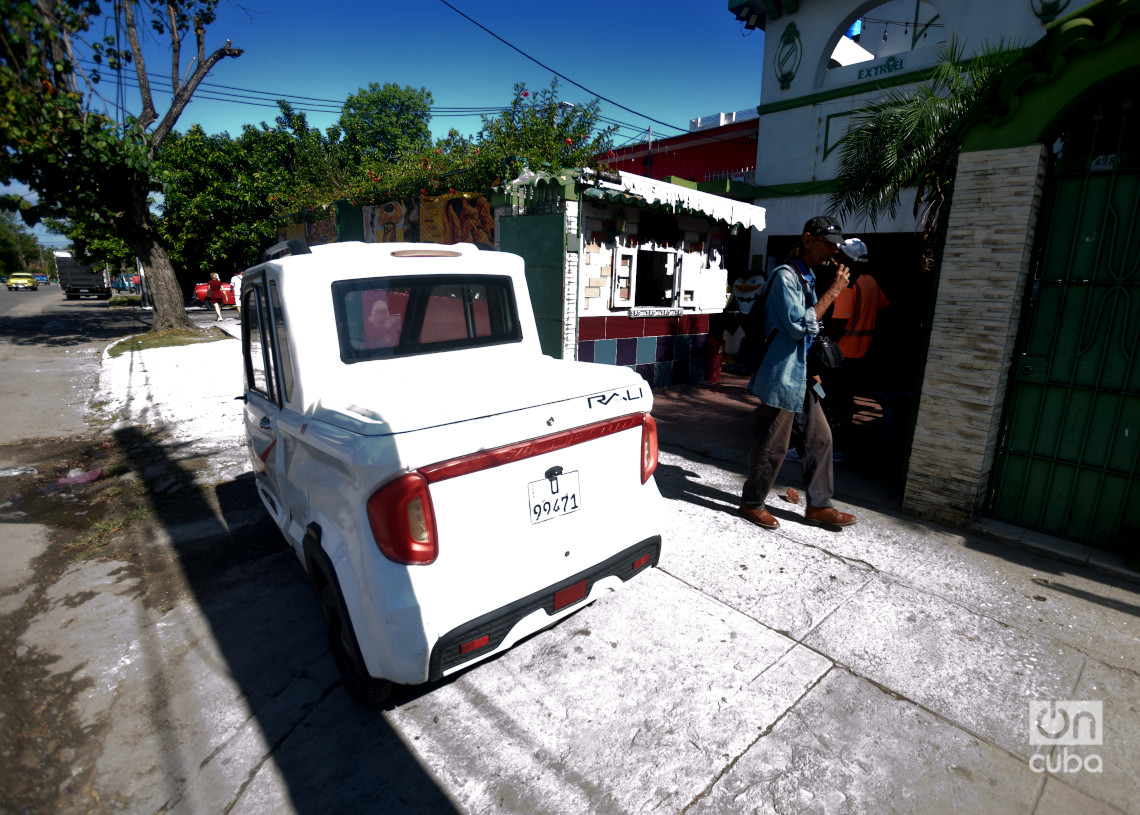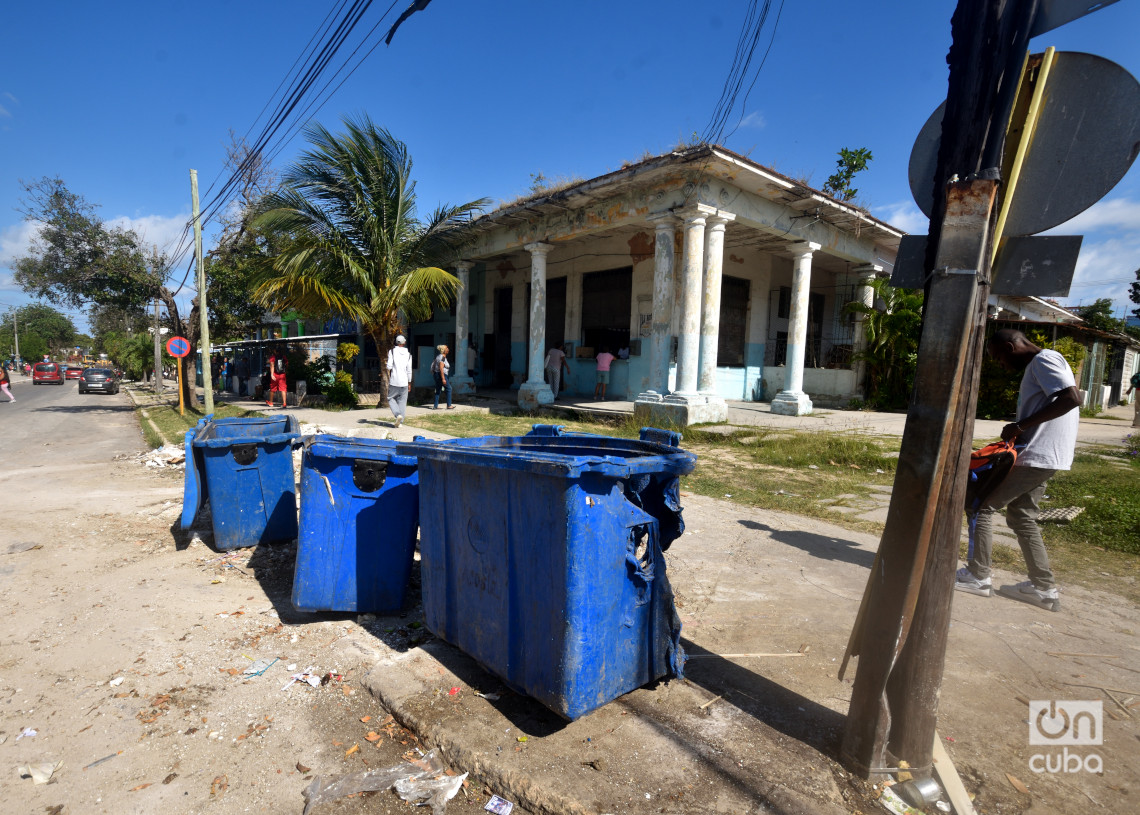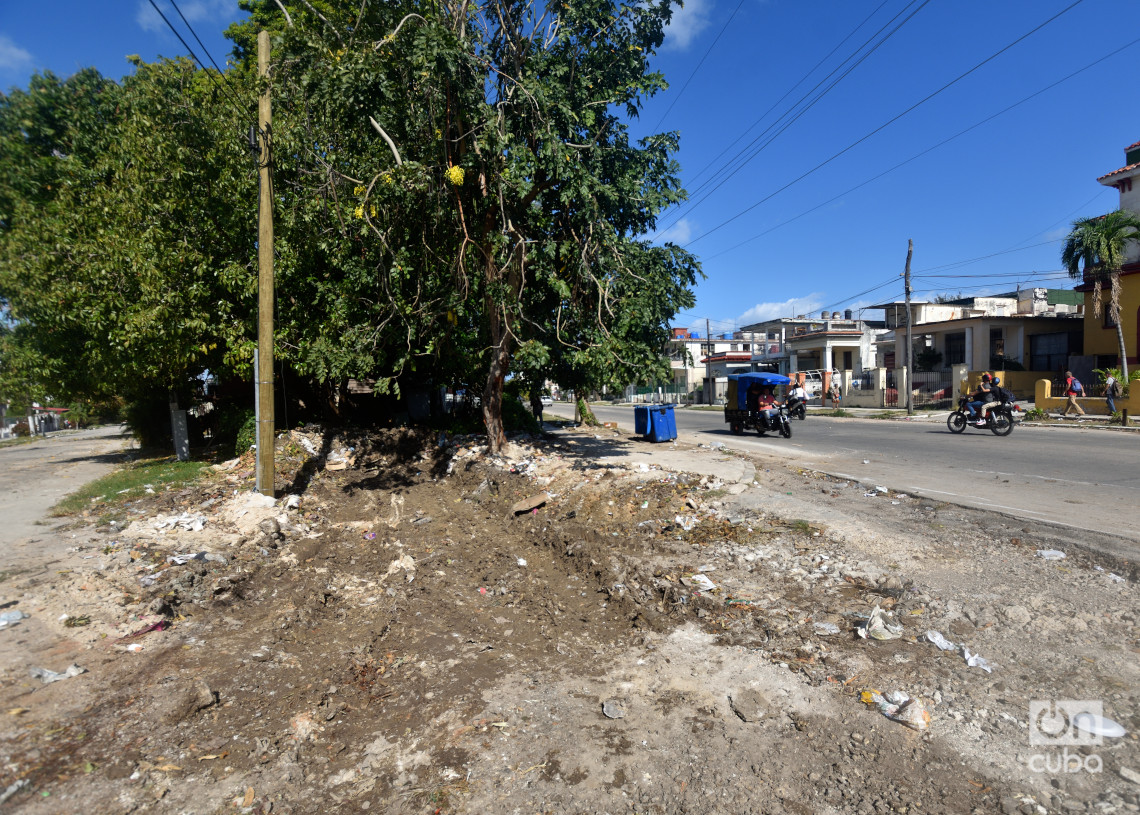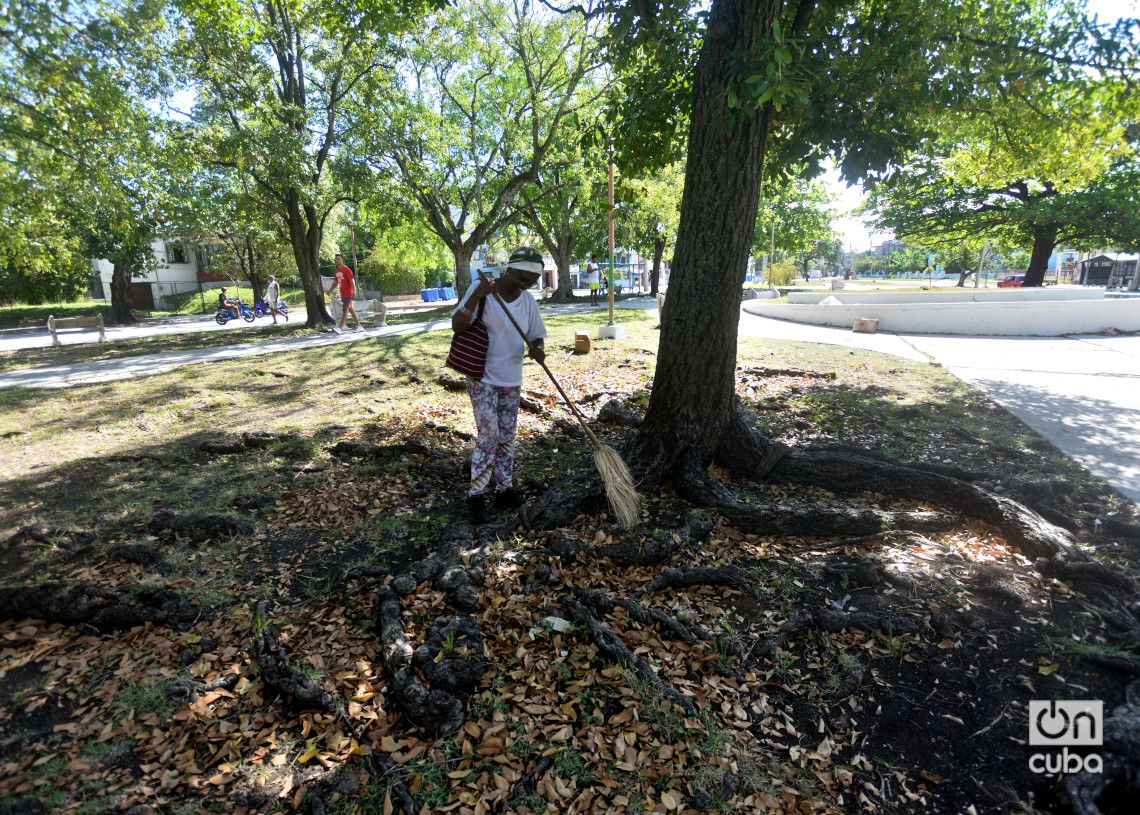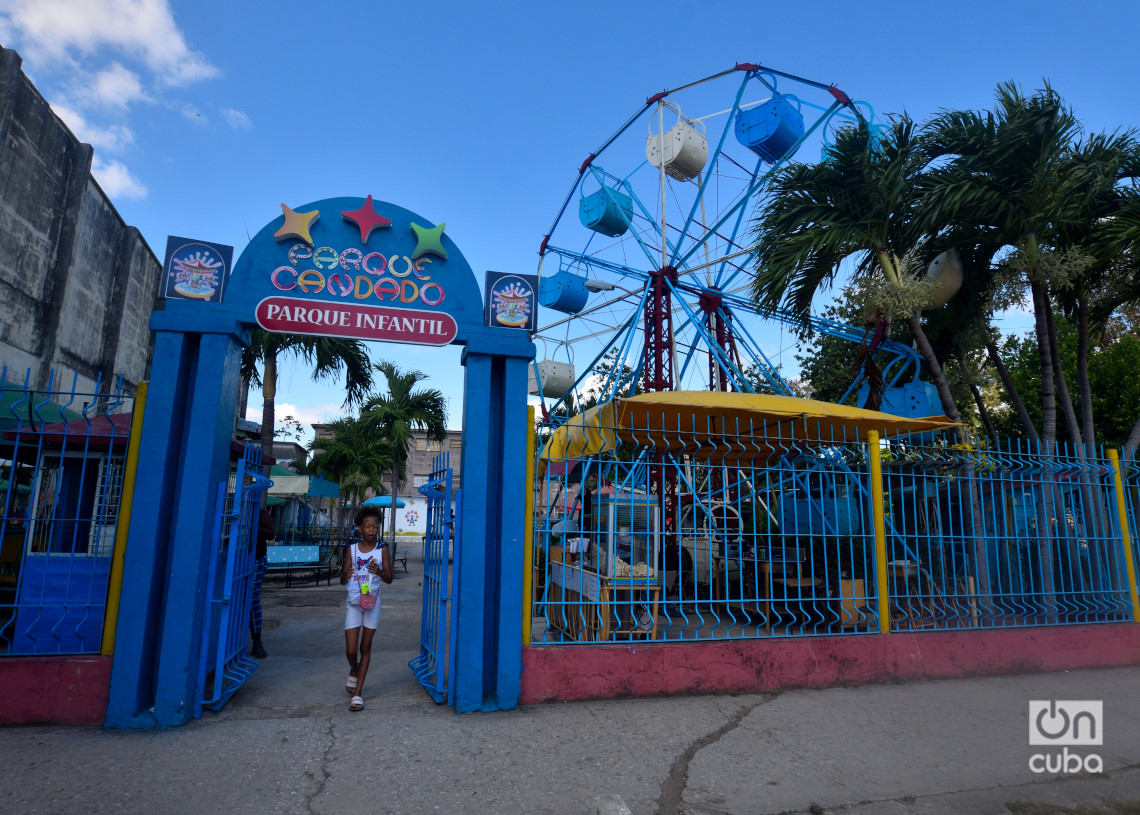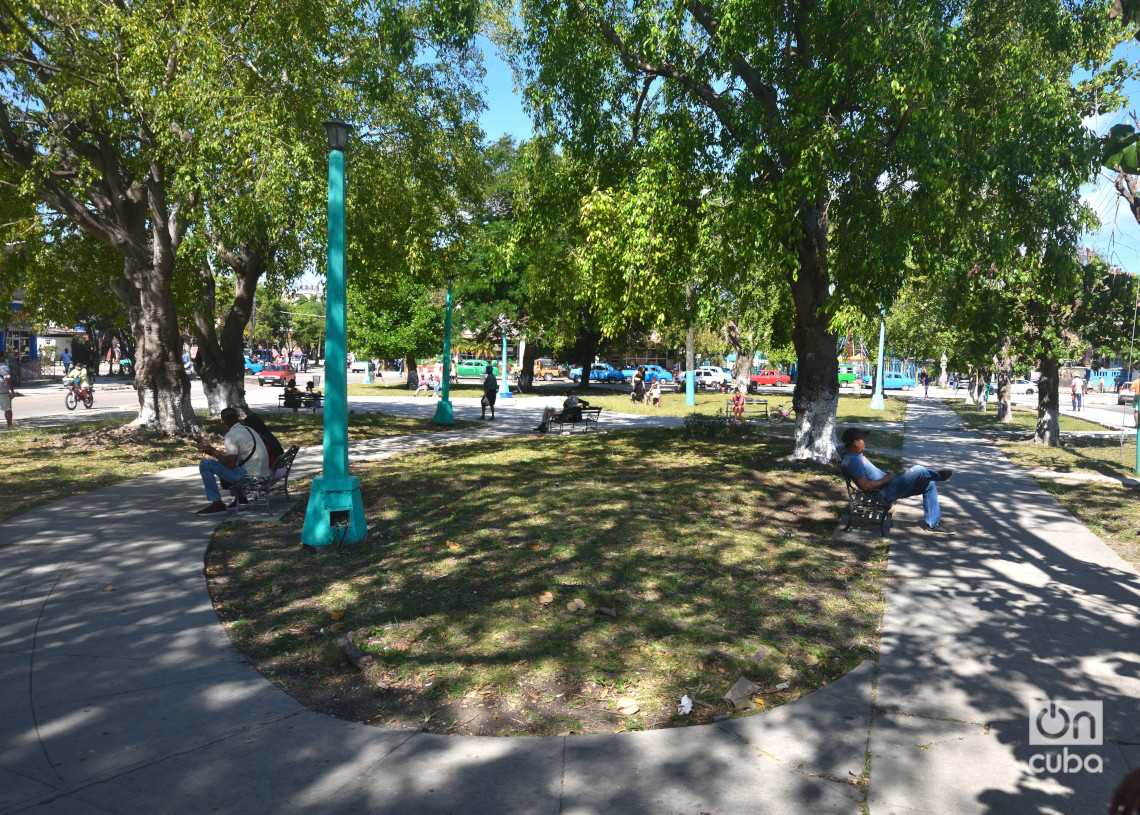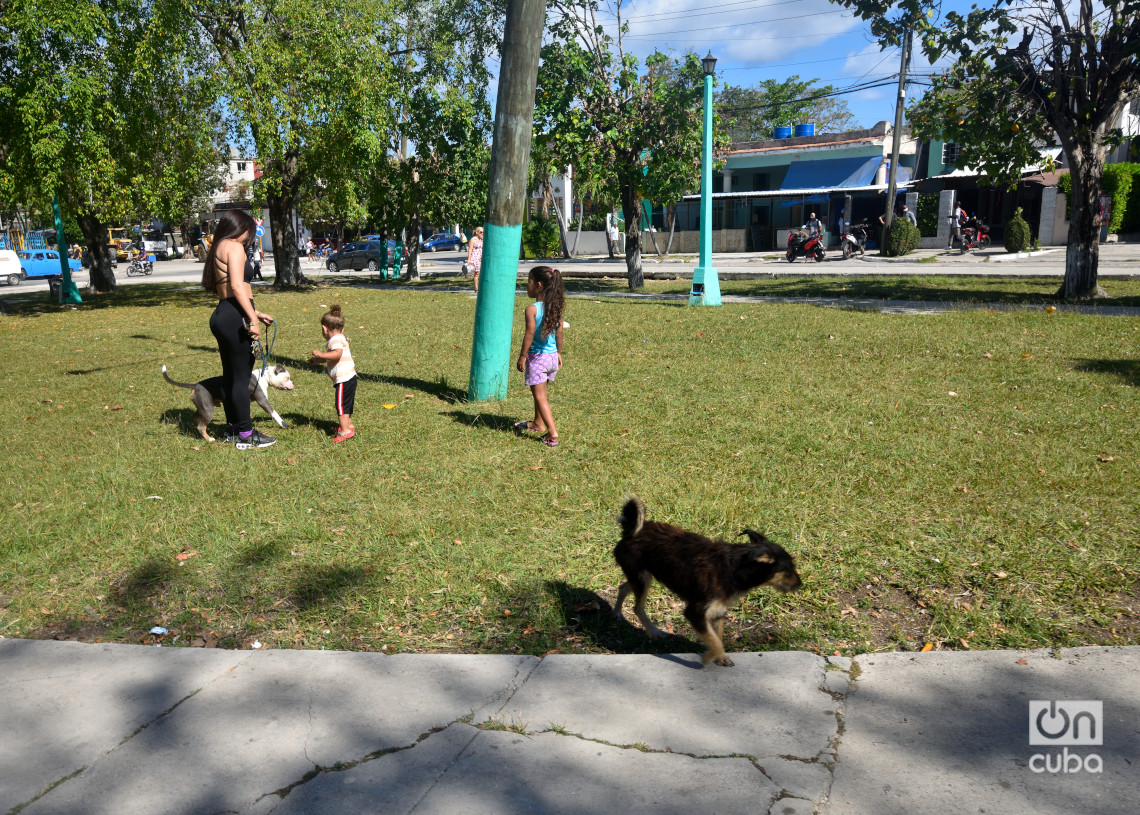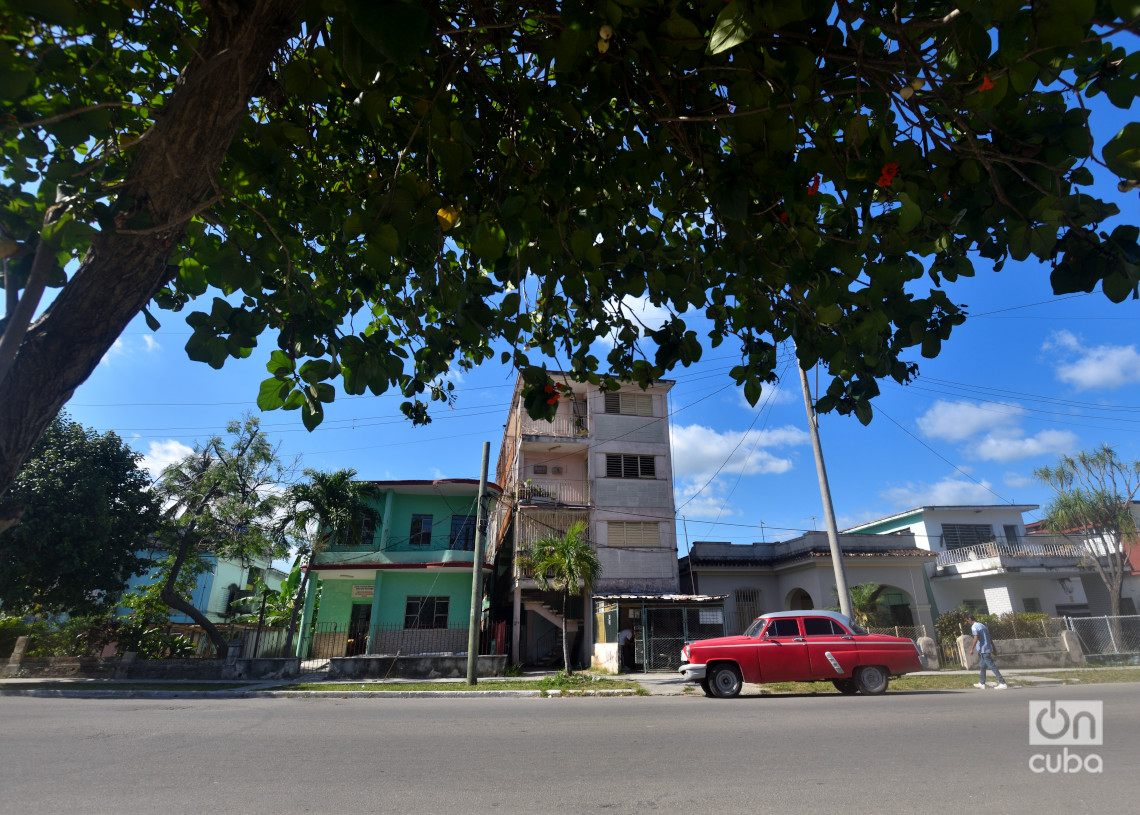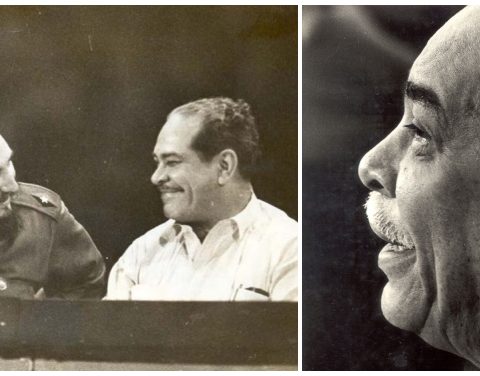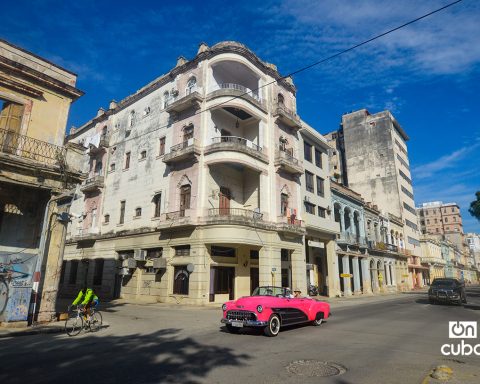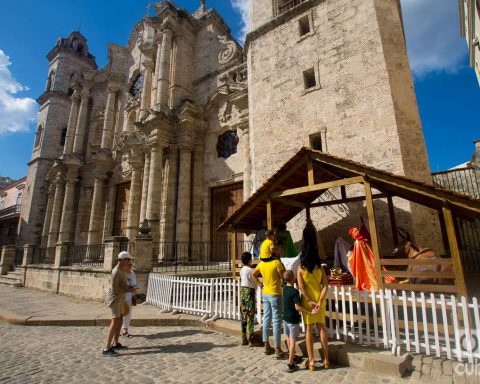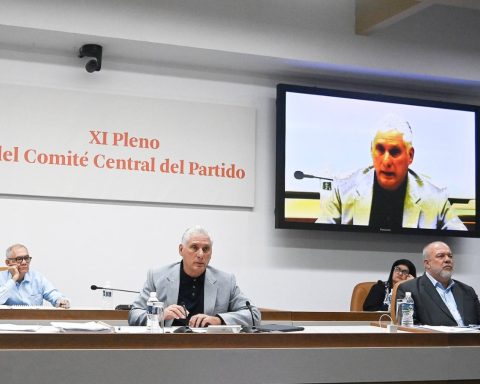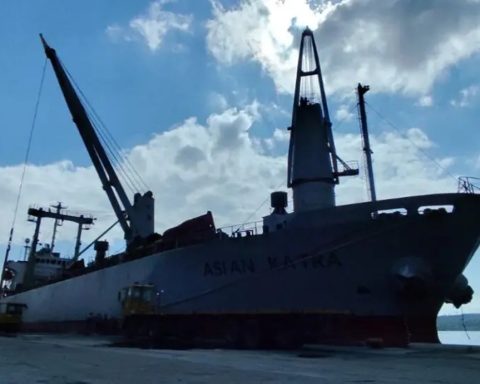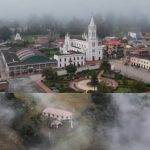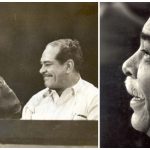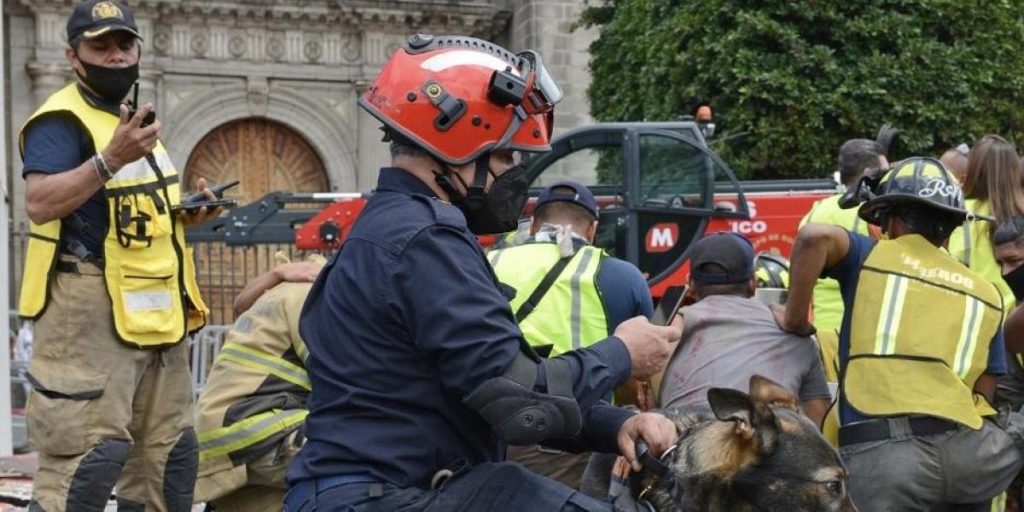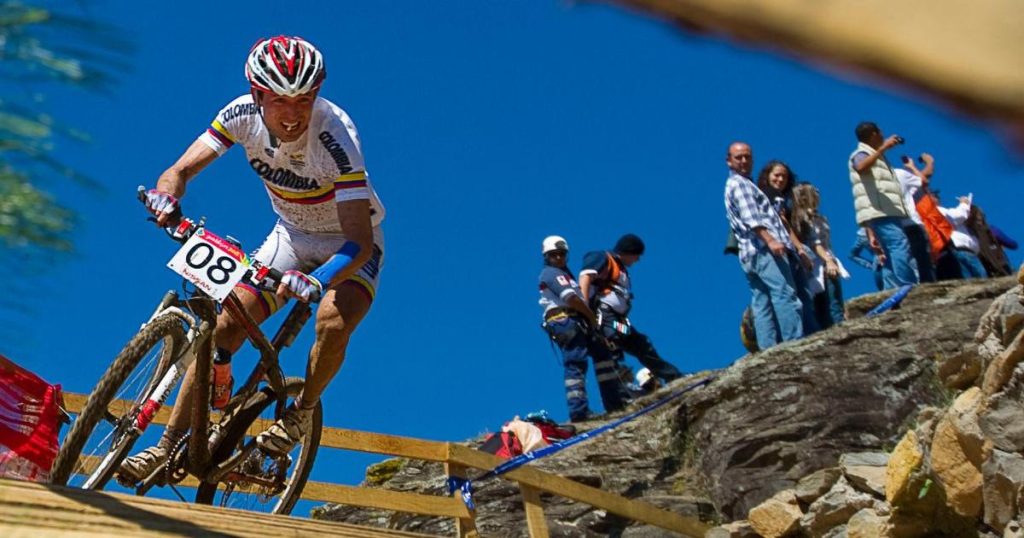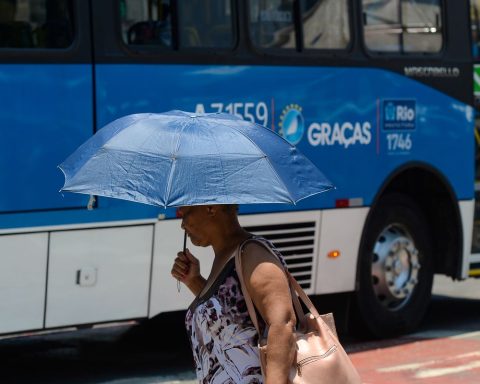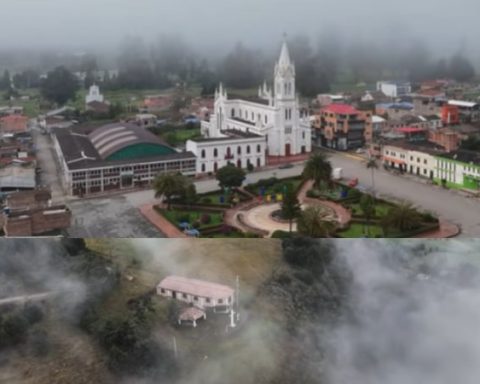Although it does not hold the celebrity of other arteries in the area, such as Vento and Jesús del Monte and the Santa Catalina AvenueAcosta Avenue is undoubtedly one of the most important streets of the Habanero municipality October 10.
Less old than The same name – although of less extension – located in the historic center of Havana, its history is linked to the progressive urban development of neighborhoods such as La Víbora and Lawton, initiated in the time of the colony, but already consolidated in the twentieth century.
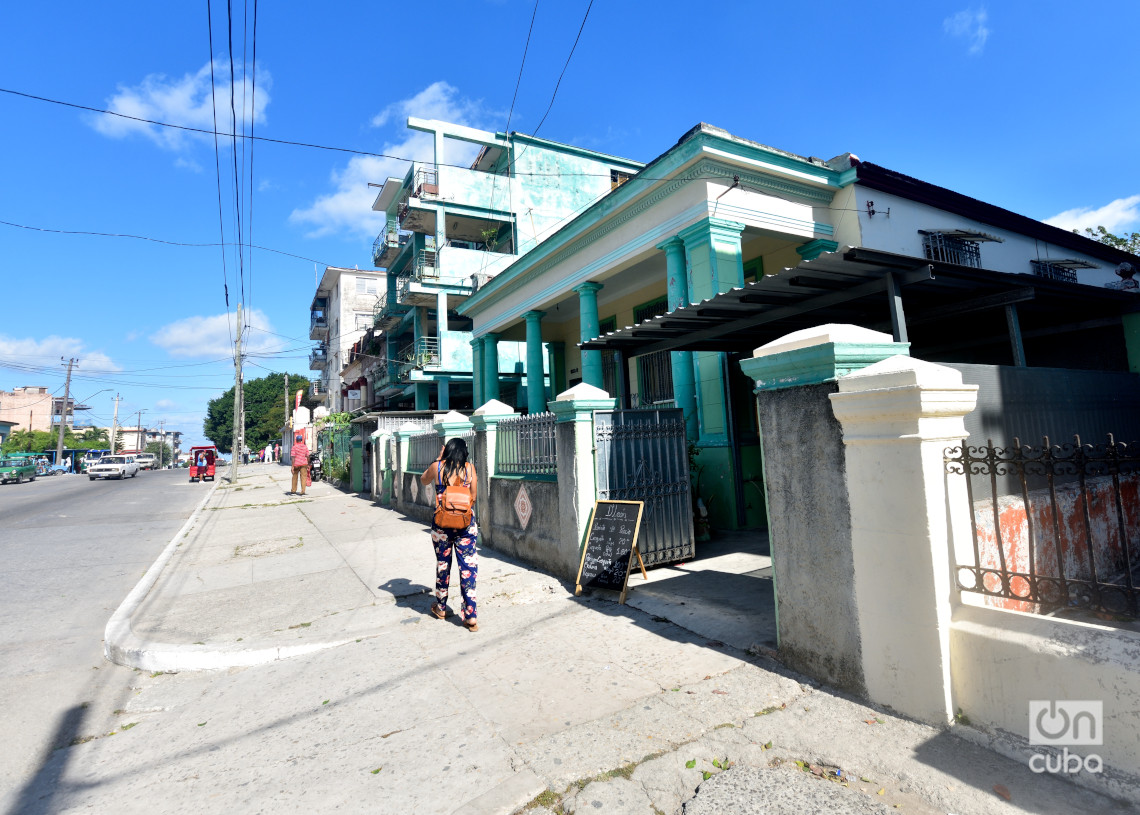
With a long extension, Acosta Avenue is going through a good part of the southern zone of October 10. It names one of the popular councils of that municipality, which has limits in other well -known roads such as the Dolores, Porvenir and October 10 or Jesús del Monte.
However, perhaps its most popular and busy stretch is the one that starts precisely in this last artery and extends to the famous Monaco Park, on Mayía Rodríguez Avenue. It is that area of the neighborhood of the viper its most identifiable face for many, although then the avenue remains to Vento and even a little further, already with another physiognomy.
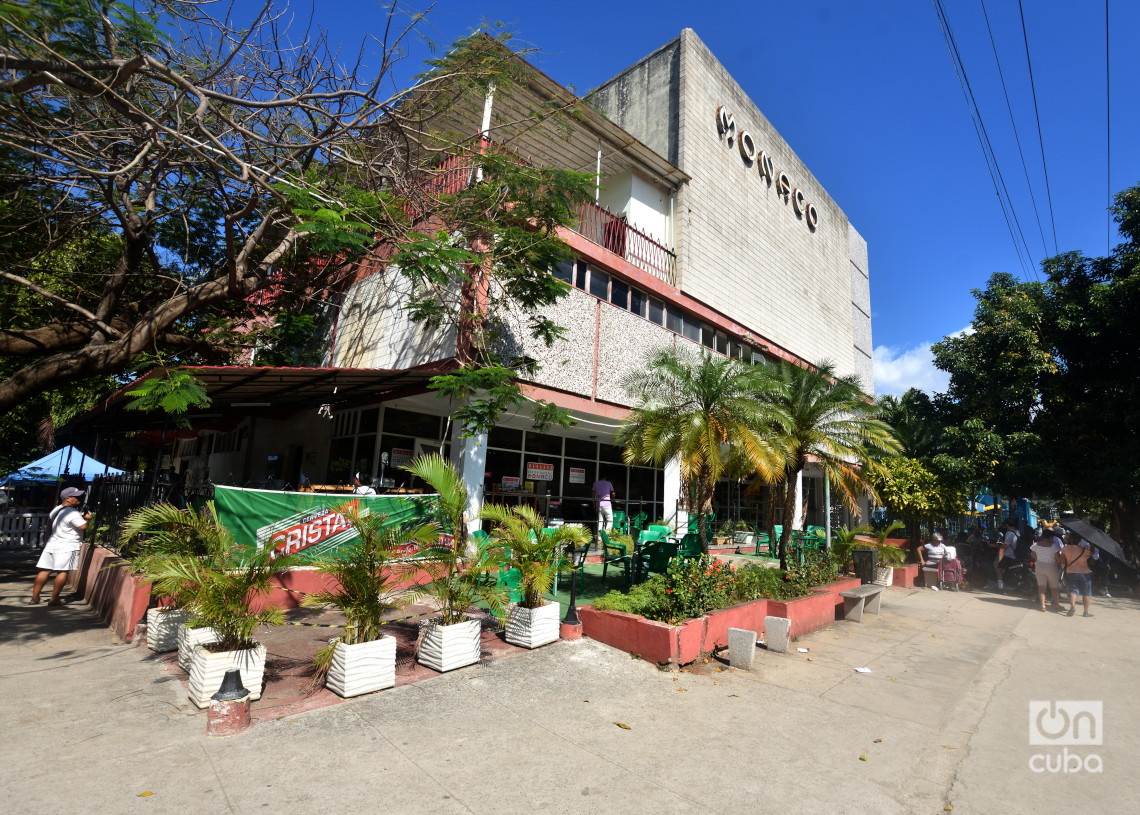
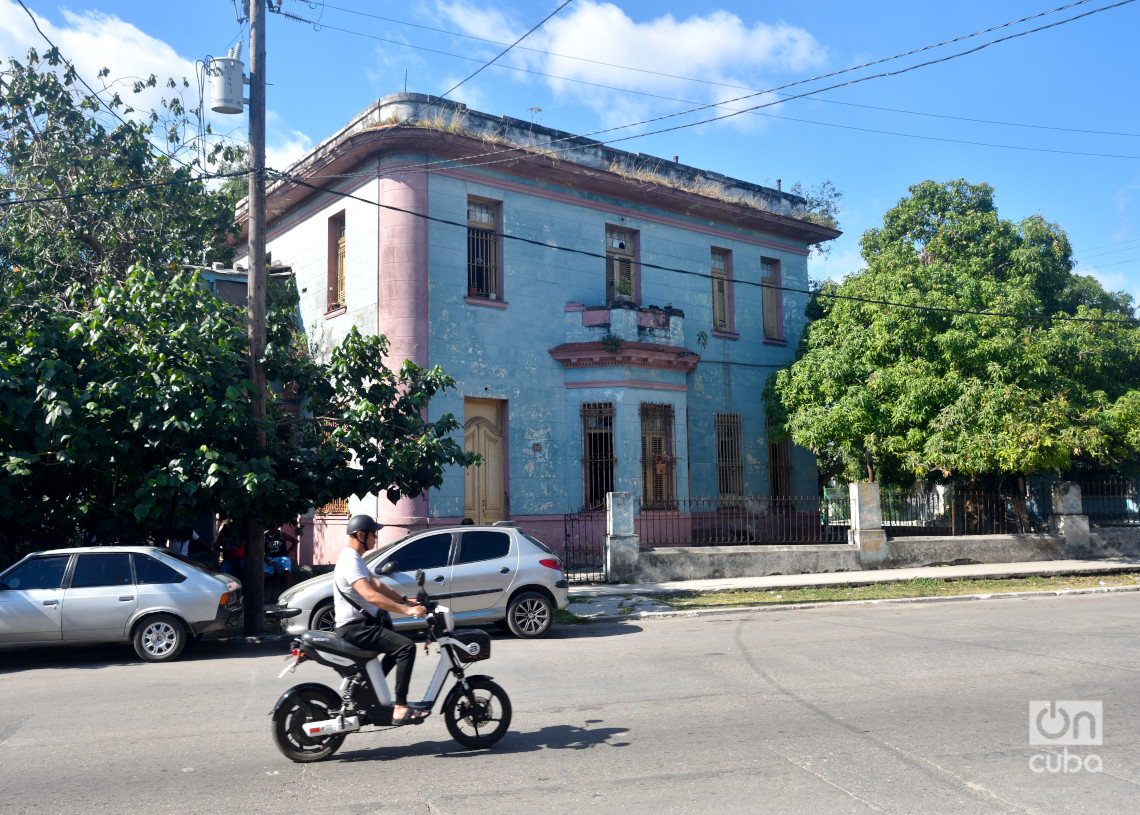
Mostly residential, Acosta Avenue is a street of plaque houses and low buildings – today with different luck in its conservation – and also wooded in its parks and sidewalks, although without the distinction of the nearby Santa Catalina.
Omnibus stops, state centers and some private businesses are also part of their landscape, such as the traces of the prolonged crisis on the island.
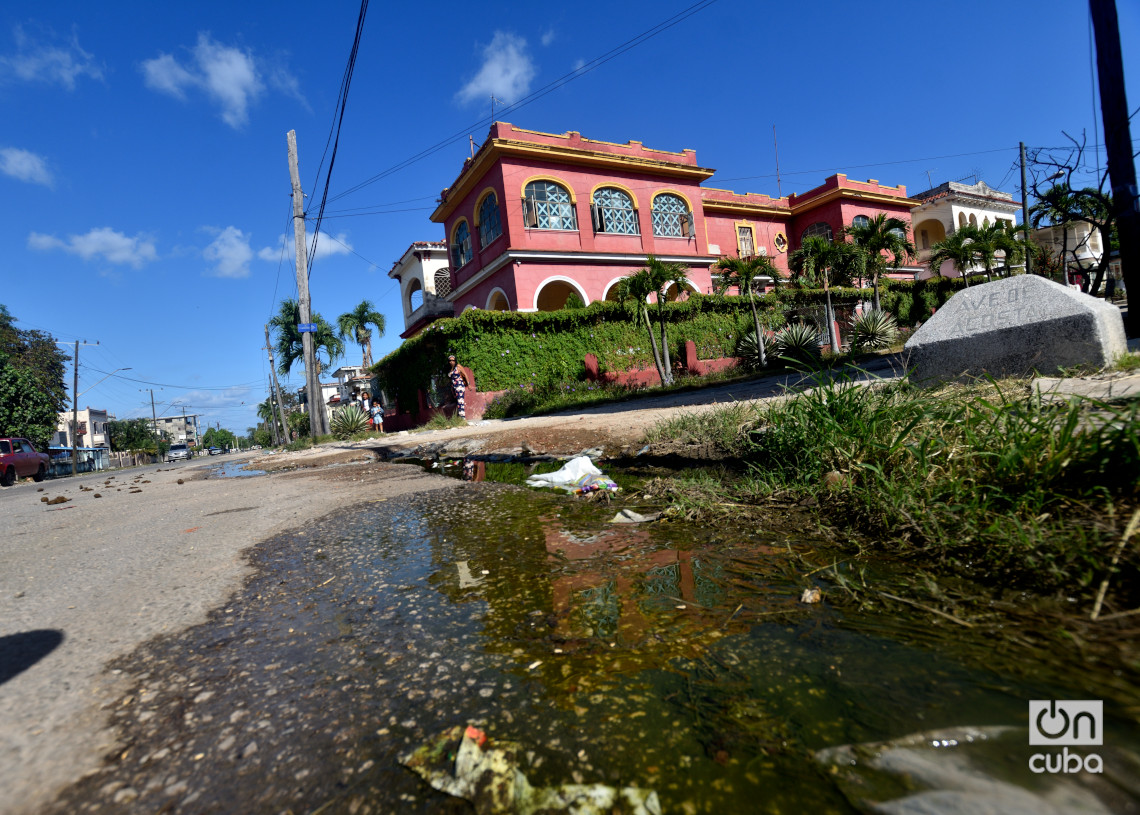
For this avenue Habanera, and particularly between the road of October 10 and the Monaco, in La Víbora, our correspondent Otmaro Rodríguez spent days ago.
Their images, recognizable for many Cubans both inside and outside the island, show the daily transfer and the actuality of a less tourist Havana or – on the contrary – demolished than the one that abounds in the networks, but not for that reason less photographic.
